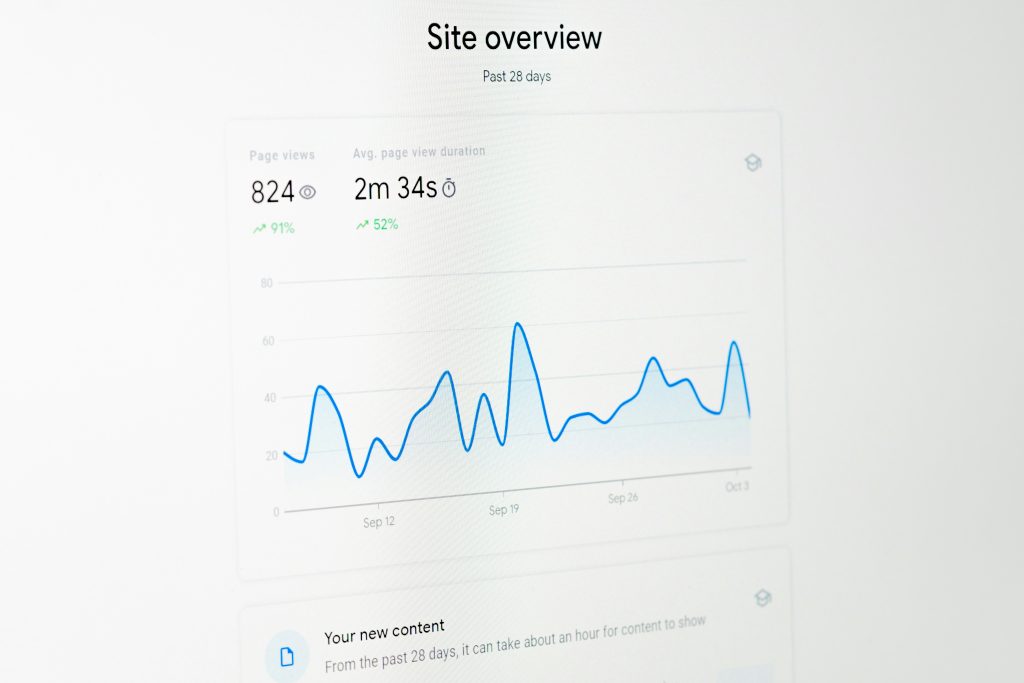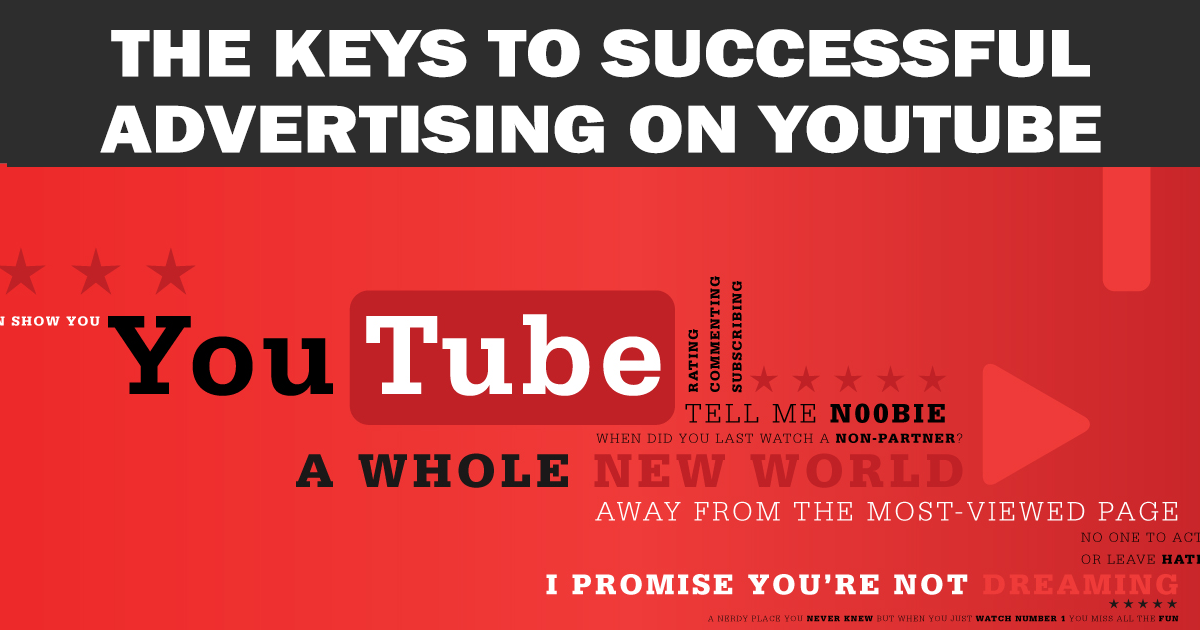If your website isn’t ranking high on search engine results pages (SERPs), you lose valuable traffic, leads, and potential revenue.
So, how do you improve your search engine position and make your business stand out?
A well-executed SEO plan helps you outperform competitors, attract the right audience, and achieve steady business growth. Whether you’re an SME looking to boost organic traffic or a business owner eager to enhance your online presence, this guide offers eight tried-and-tested strategies to improve your SEO performance.
Let’s explore the most effective ways to improve your search engine position and build a more substantial digital presence.

8 Best Techniques on How to Improve SEO Successfully
1. Conduct Thorough Keyword Research
Keywords are the foundation of SEO. Your potential customers won’t find you if you’re not targeting the correct search terms. The right keywords help attract relevant traffic that converts into paying customers.
By optimising your content for strategic keywords, you increase your chances of ranking higher on search engines.
- Use tools like Google Keyword Planner, Ahrefs, or SEMrush to identify high-traffic, low-competition keywords.
- Prioritise long-tail keywords that match user intent (e.g., “how to improve SEO for e-commerce” instead of “SEO tips“).
- Research competitors to identify keyword gaps and take advantage of untapped opportunities.
- Incorporate semantic keywords and related terms to create a more comprehensive content strategy.
- Balance search volume and competition level to focus on the most effective keywords.
- Consider local SEO if you run a brick-and-mortar business, using location-based keywords.
- Use keyword clustering to rank for multiple related terms within a single piece of content.

Here’s an example: A local bakery aiming to improve search engine optimisation should focus on keywords like “best gluten-free bakery in [city]” instead of just “bakery,” ensuring it attracts relevant customers looking for specific products.
2. Update and Optimise Existing Content
Search engines prioritise websites that consistently provide fresh, relevant content, as it signals activity and ongoing value. Regularly updating old content can lead to higher rankings, increased visibility, and improved user engagement.
Outdated content loses value over time, making it less effective at attracting and retaining users. By refreshing existing content with new insights, updated data, and better optimisation, businesses can maintain strong search rankings and provide a better user experience.
- Refresh outdated blog posts with current information, case studies, and statistics.
- Enhance content quality by filling in gaps or adding new insights.
- Ensure keyword optimisation aligns with current search trends.
- Improve readability by restructuring long paragraphs and adding bullet points.
- Include new internal links to keep users engaged and distribute page authority.
- Add new images, infographics, or videos to improve engagement.
- Optimise content for featured snippets by answering common search queries concisely.
- Track performance metrics using Google Analytics to identify pages needing updates.
Here’s an example: A digital marketing agency updating a 2020 SEO trends article to reflect 2025 best practices ensures it remains relevant, maintains rankings, and continues driving traffic. This ongoing optimisation also helps build trust with readers by showing that the agency is up-to-date with the latest industry developments.
3. Improve Website Speed and Mobile Friendliness
Google prioritises fast, mobile-friendly websites. A slow site frustrates visitors and drives them away, negatively impacting rankings. Mobile-first indexing means Google considers your site’s mobile version when ranking pages.
A well-optimised mobile site enhances user experience, encouraging visitors to stay longer and engage with content. Ensuring a seamless experience across all devices helps businesses reach a broader audience and improve overall search visibility.
- Use Google PageSpeed Insights to analyse your site’s performance and resolve any speed-related issues.
- Compress images, enable browser caching, and minify CSS, JavaScript, and HTML.
- Choose a lightweight theme and remove unnecessary plugins for faster performance.
- Ensure a mobile-friendly design with easy navigation and touch-friendly buttons.
- Implement Accelerated Mobile Pages (AMP) to improve mobile loading times.
- Switch to a faster hosting provider if your site speed remains sluggish.
- Implement lazy loading for images and videos to improve page speed.
Here’s an example: A fashion e-commerce store that improves its site speed from 5 seconds to 2 seconds can experience a 50% increase in conversions, as users are more likely to complete purchases. This improvement enhances the customer experience and positively impacts search engine rankings, as speed is a key ranking factor.
4. Build High-Quality Backlinks
Backlinks from reputable sources act as endorsements, signaling to search engines that your content is valuable, credible, and worth ranking higher. When authoritative websites link to your pages, it strengthens your domain authority, making it easier for your site to compete for top positions in search results.
High-quality backlinks boost rankings and drive referral traffic, exposing your content to a wider audience and increasing brand visibility.
- Write guest posts for respected industry blogs and websites.
- Use digital PR strategies to gain coverage in high-authority publications.
- List your business in relevant local and industry directories.
- Use broken link building strategies to replace inactive links with relevant content from your site.
- Develop relationships with influencers and thought leaders for backlink opportunities.
- Create valuable, research-based content that other sites will want to cite.
- Participate in podcasts and interviews to get backlinks from show notes.
Here’s an example: A cybersecurity firm that secures a backlink from Forbes Tech enhances its credibility, reaches a wider audience, and improves rankings. This authoritative link signals trustworthiness to search engines, helping the firm stand out in a competitive industry.
5. Enhance Internal Linking Structure
A strong internal linking strategy improves site navigation, distributes link equity, and helps search engines understand content relationships. It also keeps users engaged, reducing bounce rates and increasing page views.
Effective internal linking also helps establish a clear content hierarchy, making it easier for search engines to crawl and index your site. Consistently auditing and updating internal links ensures that users and search engines always access the most relevant and valuable information.
- Link relevant blog posts and service pages together naturally.
- Use descriptive anchor text that includes keywords for better clarity.
- Avoid excessive internal linking that may overwhelm users and search engines.
- Implement a silo structure, grouping related content into categories to strengthen topical authority.
- Regularly audit internal links to fix broken or outdated links.
- Ensure internal links enhance the user experience by guiding them to related content that provides value.
- To increase engagement, prioritise internal links that direct users to high-conversion pages, such as product or service pages.
Here’s an example: An online learning platform linking a “Beginner SEO Guide” to an “Advanced SEO Strategies” article keeps visitors engaged longer and improves SEO metrics. This encourages users to explore more content, boosting time on site and reducing bounce rates.

6. Optimise Meta Descriptions and Headings
Your meta descriptions and headings are critical for improving click-through rates (CTR) and making your content more scannable. These elements influence user behavior, helping search engines determine how relevant your content is for specific queries and contributing to efforts to improve search engine optimisation.
A well-crafted meta description serves as a mini-advertisement for your page, enticing users to click. Meanwhile, structured headings (H1, H2, H3, etc.) improve readability and help search engines understand your content’s hierarchy.
- Write compelling meta descriptions under 160 characters with primary keywords.
- Use H1 tags for main titles and H2/H3 tags for subheadings to improve readability.
- Keep headlines clear, engaging, and keyword-focused to capture user attention.
- Test different meta descriptions and title tags to determine the best-performing versions.
- Include numbers, power words, and emotional triggers in headings to increase engagement.
- Avoid duplicate meta descriptions across multiple pages to maintain uniqueness.
- Use question-based headings to target voice search and featured snippets.
Here’s an example: Instead of a vague title like “SEO Tips,” a more engaging one would be “8 Proven Ways to Improve SEO and Boost Your Rankings,” making it clear and compelling. This helps attract more clicks and sets clear expectations for the content.
7. Remove or Update Broken Links
Broken links create a poor user experience and negatively affect SEO. Users who click on a link and get a 404 error will likely leave your site, increasing your bounce rate. Additionally, search engines interpret excessive broken links as poor website maintenance, which can harm rankings.
Regularly auditing and fixing internal and external links ensures your website remains credible, user-friendly, and search-engine-friendly.
- Identify and resolve broken links on your website using tools like Google Search Console or Screaming Frog.
- Replace broken internal links with relevant, updated pages.
- Fix broken external links by linking to new, authoritative sources.
- Implement 301 redirects to guide users from outdated URLs to active pages.
- Regularly monitor backlinks and request updates for any broken inbound links.
- Avoid redirect chains, which slow down site speed and affect SEO performance.
- Create a custom 404 page with helpful links to improve user experience.
Here’s an example: An e-commerce store removing dead product links prevents customers from landing on 404 error pages, improving their shopping experience and search rankings.
8. Create Linkable Assets for SEO
A strong backlink profile is essential to improve search engine optimisation. One of the best ways to naturally earn backlinks is by creating high-value, shareable content known as linkable assets.
These assets encourage other websites to link to your content, increasing domain authority and boosting organic rankings.
- Publish original research, case studies, and industry reports to provide valuable insights.
- Create high-quality infographics that summarise complex information visually.
- Develop interactive tools like calculators, quizzes, or templates for user engagement.
- Write in-depth guides and long-form articles that serve as authoritative resources.
- Make linkable assets easy to share by offering embeddable codes or PDF downloads.
- Promote your content through outreach to bloggers, journalists, and industry experts.
- Optimise for featured snippets by answering common questions concisely.
Here’s an example: A financial website publishing a free budgeting calculator attracts backlinks from personal finance blogs, helping it rank higher in search results.
Conclusion
Improving search engine optimisation isn’t just about higher rankings—it’s about ensuring your business gets discovered by the right people at the right time.
By implementing these eight proven techniques on how to improve SEO, you can boost your search engine position, attract more traffic, and grow your business effectively.
Want to take your SEO strategy to the next level?
Check out our expert SEO services, explore our case studies, or contact our team today to find out how we can help you improve your search engine position and achieve lasting success.
Let’s get started. Reach out to us today.

































